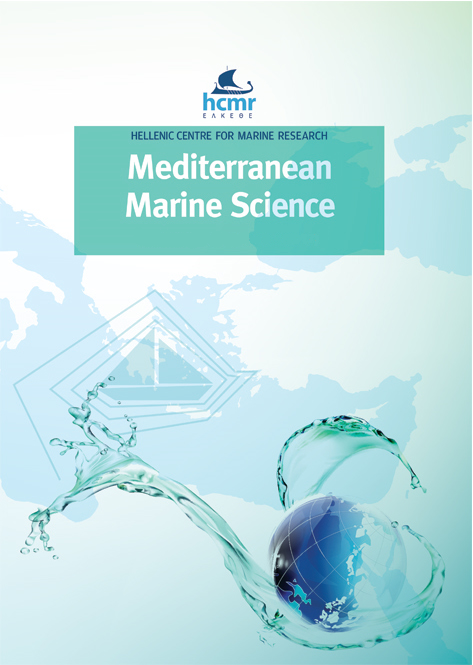Pycnogonida (Arthropoda) from Northern Adriatic Corallina officinalis Linnaeus, 1758 belts

Abstract
We studied Pycnogonida, sea spiders, collected from 54 samples of Corallina officinalis belts in the vicinity of Pula and the Brijuni National Park representing both exposed and sheltered localities as well as different levels of human impact. Seven species were identified, namely Achelia echinata, A. langi, Tanystylum conirostre, Anoplodactylus angulatus, A. pygmaeus, Trygaeus communis, and Callipallene tiberi. As we used a quantifiable standard sample size of 5 cm2, we could perform a statistical analysis of species richness and abundances. The exposed low human impact sites showed a significantly higher amount of both, specimens and species than the sheltered high impact sites. C. tiberi and A. echinata showed a significant preference for exposed low impact sites while T. conirostre was equally distributed among the habitat subtypes.
Article Details
- How to Cite
-
LEHMANN, T., SPELDA, J., MELZER, R., & BURŠIĆ, M. (2021). Pycnogonida (Arthropoda) from Northern Adriatic Corallina officinalis Linnaeus, 1758 belts. Mediterranean Marine Science, 22(1), 102–107. https://doi.org/10.12681/mms.23223
- Issue
- Vol. 22 No. 1 (2021)
- Section
- Research Article
Authors who publish with this journal agree to the following terms:
- Authors retain copyright and grant the journal right of first publication with the work simultaneously licensed under a Creative Commons Attribution Non-Commercial License that allows others to share the work with an acknowledgement of the work's authorship and initial publication in this journal.
- Authors are able to enter into separate, additional contractual arrangements for the non-exclusive distribution of the journal's published version of the work (e.g. post it to an institutional repository or publish it in a book), with an acknowledgement of its initial publication in this journal.
- Authors are permitted and encouraged to post their work online (preferably in institutional repositories or on their website) prior to and during the submission process, as it can lead to productive exchanges, as well as earlier and greater citation of published work (See The Effect of Open Access).




